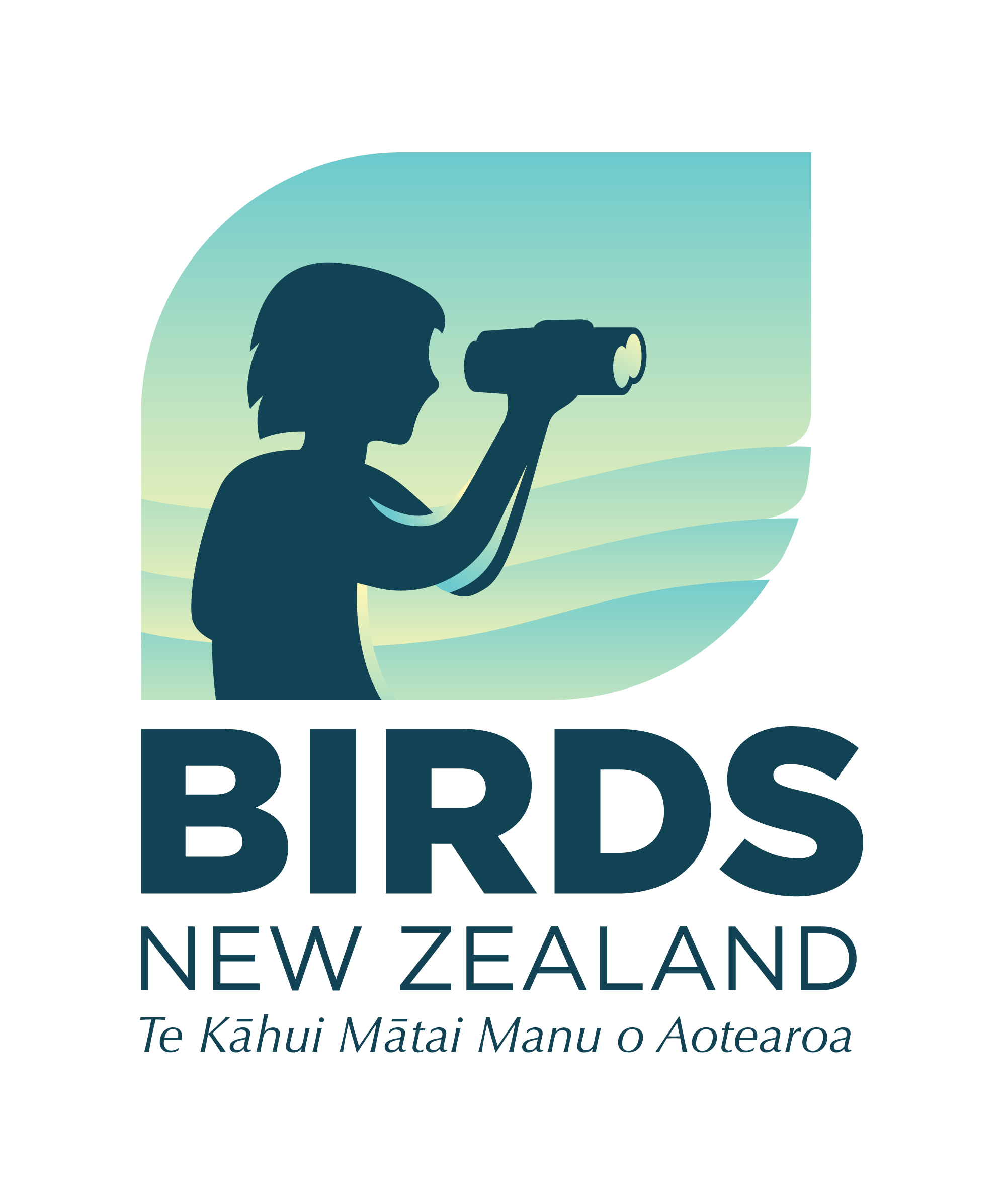Notornis, 21 (4), 318-333
Article Type: Paper
In Auckland breeding occurs between late October and mid-April. During the 1970-71 breeding season 37% of territories were formed from undefended home ranges held during winter; remaining territories were created by non-residential pairs. Territories were defended by both sexes and averaged 0.83 ha. Mynas nest in holes and crevices. Nests average seven days to build. Average clutch size for aviaries was 3.9 eggs. Incubation begins with laying of the second egg and lasts 16 days for first egg of a clutch and 13 days for last egg. Nestling period is about four weeks. Only females sit on the nest at night. In total, 55% of all nests failed completely, and only 60% of pairs produced fledglings, from 24 single and eight double broods. Nesting success was 22%. Starvation of nestlings, disturbances and possibly shortages of food for adults were responsible for most mortality in nests. Similarity of open woodland and urban habitats, omnivorous feeding habits and hole-nesting have pre-adapted mynas for association with man. Mynas in Auckland, like several species of birds in European cities, did not experience shortages of food during winter and had smaller clutches, longer breeding seasons and higher densities than conspecifics in rural habitats.
